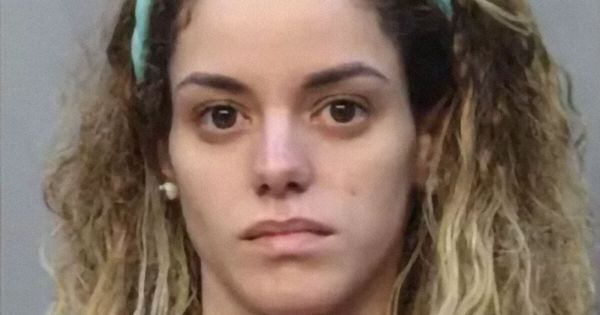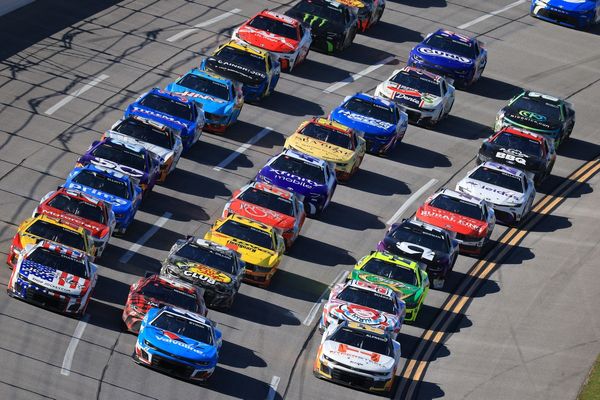
Throughout the history of the game, numerous high quality young amateurs have stormed onto the world stage and turned heads in the process. You only have to cast your mind back to Tiger Woods bursting onto the scene, Phil Mickelson winning a PGA Tour event as an amateur in 1991 or more recently Nick Dunlap obliterating the field to match that feat.
The Masters has a long tradition of welcoming amateur golfers, allowing those who qualify to spend the week in the Crow's Nest, the attic accommodation of the famous Augusta National clubhouse, following in the footsteps of some iconic names.
But, with so many talented amateur golfers teeing it up alongside their professional counterparts on a regular basis... what is the difference between an amateur and a professional in golf?
Financial Gain
Let's start as we mean to go on... do amateur golfers get paid? The majority of golfers in the world would be described as amateur golfers, in that they don't play golf for financial gains. Amateur players are not allowed to accept payment for participating in or winning a competition, and they are also not permitted to accept payment for teaching others.
Professionals, on the other hand, regularly receive payment linked to their performance in competitions, alongside sponsorships deals and other payments as compensation for their skill and expertise.
An example of this would be Nick Dunlap, an American amateur golfer, winning the American Express on the PGA Tour in 2024. Despite beating a strong field of professional players, Dunlap was not able to collect any of the $1.5 Million prize for his achievement.
Since turning professional shortly after, Dunlap his now earned over $3.5 Million.

Rules
Golfers can lose their amateur status if they break a certain set of rules, like accepting a prize of more than $1000, accepting a prize in a handicap competition, receiving money for teaching or securing employment as a club professional.
When an amateur decides they have the appropriate level of skill to make a career in professional golf, they must relinquish their status and commence their journey as a pro. This usually involves competing in qualifying events, earning money and ranking points to further their career and earning potential. As mentioned before, however, professionals can also opt for a career in teaching or take an employed position with a golf club.
So, to clarify, winning a £30 club shop voucher in your midweek medal or a sleeve of premium golf balls in the mixed tee stableford does not make you a professional.
Motivation
You could argue that the majority of amateur golfers play for fun, socially or as a way to keep their body and mind active. Conversely, professionals are competing for a living - with the financial security of themselves and their family often on the line.
This therefore presents an increased pressure to perform well and succeed. Other professionals choose to forge a career in teaching rather than playing competitively.
Pressure does exist in the amateur game, however, as many hopeful golfers try to play their way into the professional game through a stellar amateur career. Neal Shipley and Luke Clanton are two amateurs who have secured their professional status on the PGA Tour in the past year, both of which have worked hard to surge up the amateur rankings and demonstrated some outstanding performances along the way.
Shipley even made the weekend at The Masters last year, securing a Sunday tee time with Tiger Woods.

Data
Well, the numbers don't lie - and this data provided by Shot scope highlights some pretty significant distinction. There is an obvious gulf in quality between some of the best amateur golfers and the professionals, when you compare a scratch player to the average PGA Tour pro, particularly when you look at scoring power.
The average scratch golfer makes 2.34 birdies per round, almost one and a half less than the average PGA Tour professional who records 3.72. Over the course of four competition rounds that amounts to a 5-stroke difference.
While there is only an 11-yard difference in average driving distance, and a 7% difference in their green-in-regulation numbers, the ability to consistently score well is often a telling factor.
FAQs
Q: How do amateurs qualify for The Masters?
A: Amateur players can qualify for The Masters by winning one of the following five events:
- The U.S. Amateur Championship
- The British Amateur Championship
- The Asia-Pacific Amateur Championship
- The Latin American Amateur Championship
- The U.S. Mid-Amateur Championships
The Masters committee can also offer an invite to an amateur golfer, should they feel it appropriate to do so.
Q: What is the best major performance by an amateur player?
A: The most notable amateur performance in a Major Championship has to be Francis Ouimet's 1913 US Open win.







